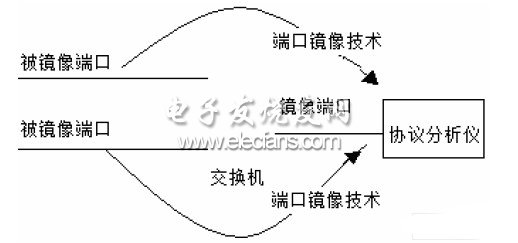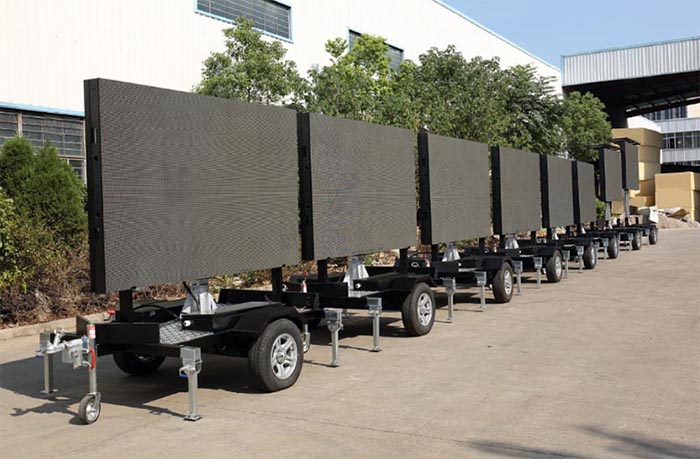introduction
The rapid development of computer network technology has brought us a lot of surprises. At the same time, its various problems have plagued everyone, especially the spread of the Internet * and the attacks of network hackers, which have degraded the performance of the Intranet network and caused frequent failures. In this regard, network engineering technicians and network managers need to use various network management and maintenance tools to strengthen network monitoring, fault diagnosis, and processing. Among all the tools, the network protocol analyzer PA (protocolanalyzer) has an irreplaceable role in network fault diagnosis. With the improvement of network fine management, the protocol analyzer will surely become more and more network engineering technicians and It is widely used by human network administrators.
1 Features of IP network maintenance and protocol analyzer
Intranet based on TCP / IP has become the trend of today's LAN networking technology. At the beginning of the design, the protocol is more concerned with the openness of the network, which has the characteristics of unreliability, unsafety, sudden traffic, etc. It is also very difficult to manage and maintain it. At present, although there are various management and maintenance methods for IP networks in China, there is no very mature and widely adopted solution. Using a protocol analyzer provides a "perspective" solution for network fault diagnosis [3]. The protocol analyzer monitors the network in real time, captures and parses IP packets in the network to understand the current status of the network, accurately locate the IP or MAC of the faulty source node, and can quickly diagnose network faults. The protocol analyzer works in passive mode and transparent state, and will not affect the normal operation of the network; at the same time, the protocol analyzer can be flexibly deployed in various network environments and can be easily applied in IP network fault diagnosis.
2 Working principle of protocol analyzer
A protocol analyzer is a device capable of analyzing data transmitted in a network by Capture. The hardware part is mainly a network card in promiscuous mode. The software part includes a packet capture module and a data decoding analysis module.
2.1 The basic principle of the packet capture module
The data packet capture module is composed of network card, network card driver, intermediate program, network protocol program, application program and network driver interface specification in promiscuous mode. Its structure is shown in Figure 1.

Figure 1 Structure diagram of the packet capture module
Among them, the network driver interface specification NDIS (NetWork Interface) is the core of the packet capture module. It integrates a variety of packet capture rule operation functions to provide services for restoring IP packets and can convert various Ethernet The network card is set to promiscuous mode. NDIS supports multiple working modes and provides a set of NDIS libraries (Library) to complete the capture of data packets under various rules. The process of capturing data packets by the protocol analyzer is divided into six steps: network card mode setting, receiving network data, data classification, data filtering, data submission, and closing the network card.
2.2 Principle of data decoding analysis module
The protocol analyzer decodes and analyzes the captured massive data, mainly based on different characteristics of various network protocols and using protocol definition data structure rule analysis modules to complete. Protocol analyzers generally use a hierarchical protocol analysis method and plug-in technology to decode and analyze captured data. The hierarchical analysis method is based on the idea of ​​the OSI layered model, and the captured data stream is processed layer by layer according to the process of data encapsulation and unpacking at the sending / receiving end. Use plug-in technology to expand the protocol analyzer to adapt to the new network protocol and application analysis.
3 Main functions of the protocol analyzer
The main functions of the protocol analyzer include network data collection, data decoding analysis, network status statistics, and fault diagnosis. These information are combined to complete network operation analysis and fault diagnosis.
The protocol analyzer can monitor the connection status of each network node and each specified link in real time, the flow rate, the load rate, the error rate of data transmission and reception, the distribution of data packets S ize, etc., and can be displayed in the form of statistical graphs or tables. It can provide very detailed statistics of network conditions, including statistics on global data and statistics on key information.
Can provide very accurate network fault diagnosis results (E xpert System expert system), can intelligently diagnose the network communication situation, provide network fault analysis, and how to deal with it. This is extremely important for quickly locating network faults, and can greatly improve the efficiency of network fault diagnosis.
4 Application model of protocol analyzer in IP network fault diagnosis
The strategy for deploying a protocol analyzer in an actual IP network varies with the network topology and networking equipment. There are three main application models:
4.1 Shared network environment
Based on a shared network of HUB hub networking, data packets are transmitted in a broadcast manner. Deploying a protocol analyzer at any node in the network can capture all data information in the network.
4.2 Switched network environment with mirroring function
In the network environment based on switch networking, since each port only forwards the data packets, broadcast packets and multicast packets of the device directly connected to this port, the protocol analyzer must capture the data packets of other ports. The switch is configured to use its mirroring function, and connect the protocol analyzer to the mirroring port to implement packet capture, as shown in Figure 2.

Figure 2 Port mirroring deployment protocol analyzer
In this way, the protocol analyzer can only monitor the data of the mirrored port, and it is more troublesome to configure.
Trailer LED Display is designed as a fully integrated mobile LED video solution. ready to go at any time.
Adaptability:No matter it is sunny or rainy, it does not affect the movement of the truck and the viewing effect of the audience.
High flatness precision: with die-cast aluminum technology, the tolerance of cabinet and module are controlled within 0.1mm, screen flatness and split joint gap are controlled within 0.5mm.
Movement:The product has good shockproof due to the mobility of the truck.For mobile Trailer Led Display, Its main feature is high level anti-shake, this is very important for movable led screen.
Clear view:High refresh, high gray scale, high color contrast, and high quality picture effect.
Ingress protection:The ingress protection of the front is IP65 as well as the IP54 of the rear,which meets the standard of Outdoor Led Display.
Customized:we can customize the screen size for any trailer model to accommodate the needs of individual customers at any event in as little time as possible.
Advantages
1.High brightness and clearly display effect with easy use control system which allow you to operate easier.
2.High refresh, high gray scale, high color contrast, and high quality picture effect.
3.A features of it is the wide audience range from one place to another due to the mobility of trucks.It also relieved the district restrictions,attract more people to watch.
4.Wide viewing angle (140° in horizontal and 140° in vertical).
5.100% QC inspection before Shipment. Module surface flatness ± 0.5mm, the entire screen has good flatness


Trailer LED Display
Trailer Led Display,Trailer Led Screen,Mobile Trailer Led Screen,Roadshow Trailer Led Display
Shenzhen Bako Vision Technology Co., Ltd. , http://www.rentalleddisplays.com